Ball pythons, known scientifically as Python regius, are among the most popular pet snakes worldwide. Their docile nature and manageable size make them ideal companions for both novice and experienced reptile enthusiasts. While traditionally considered simple pets with basic needs, recent advancements in herpetology have sparked important conversations about reptile cognition and environmental enrichment. Many snake owners now wonder: do ball pythons actually enjoy and benefit from enrichment activities, or are these anthropomorphic projections onto animals with fundamentally different needs? This article explores the fascinating world of ball python enrichment, examining the evidence for its benefits and providing practical suggestions for keeping these remarkable reptiles mentally and physically stimulated.
Understanding Ball Python Natural Behaviors
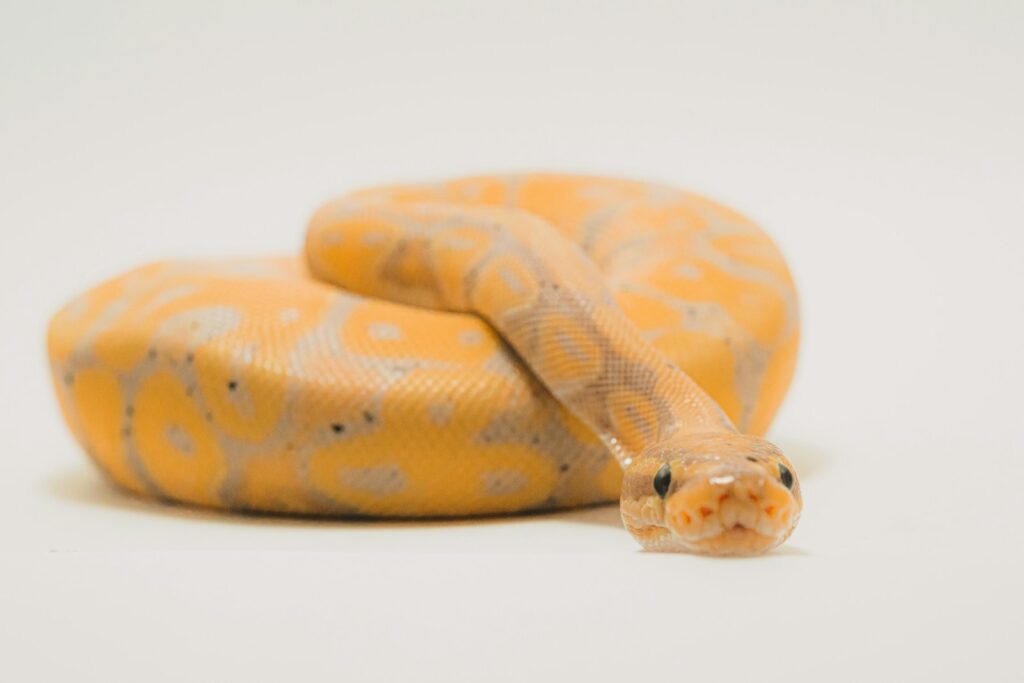
Ball pythons originate from the grasslands and open forests of West and Central Africa, where they lead semi-arboreal lifestyles. In the wild, these reptiles spend considerable time exploring their environment, seeking prey, thermoregulating, and finding suitable hiding spots. They are primarily crepuscular, meaning they’re most active during dawn and dusk. Their natural behaviors include climbing on low branches, investigating burrows, and carefully navigating various terrain types. Understanding these natural behaviors provides the foundation for appropriate enrichment strategies in captivity. By recognizing that ball pythons have evolved complex behavioral patterns beyond merely eating and basking, owners can better appreciate their cognitive capabilities and environmental needs.
The Science Behind Reptile Cognition
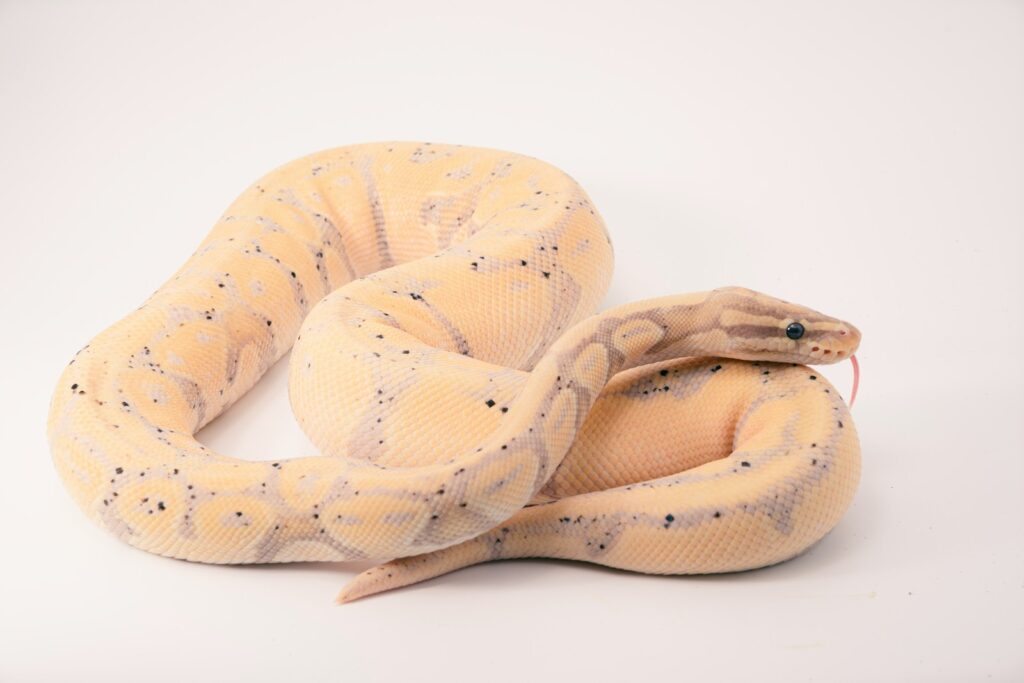
Contrary to outdated beliefs that reptiles are “primitive” creatures with limited cognitive abilities, recent scientific research has revealed surprising complexity in reptile brains. Studies have demonstrated that reptiles, including snakes, can learn through classical and operant conditioning, recognize individual humans, navigate complex environments, and solve problems to obtain resources. Neurological research has identified structures in reptile brains responsible for learning and memory that function similarly to mammalian brains, albeit with different architecture. For example, while reptiles lack a neocortex, they possess a highly developed dorsal ventricular ridge that serves comparable functions. This growing body of evidence suggests that ball pythons possess the cognitive architecture to benefit from and potentially “enjoy” environmental stimulation in ways previously unrecognized by the scientific community.
Signs of Boredom in Captive Ball Pythons
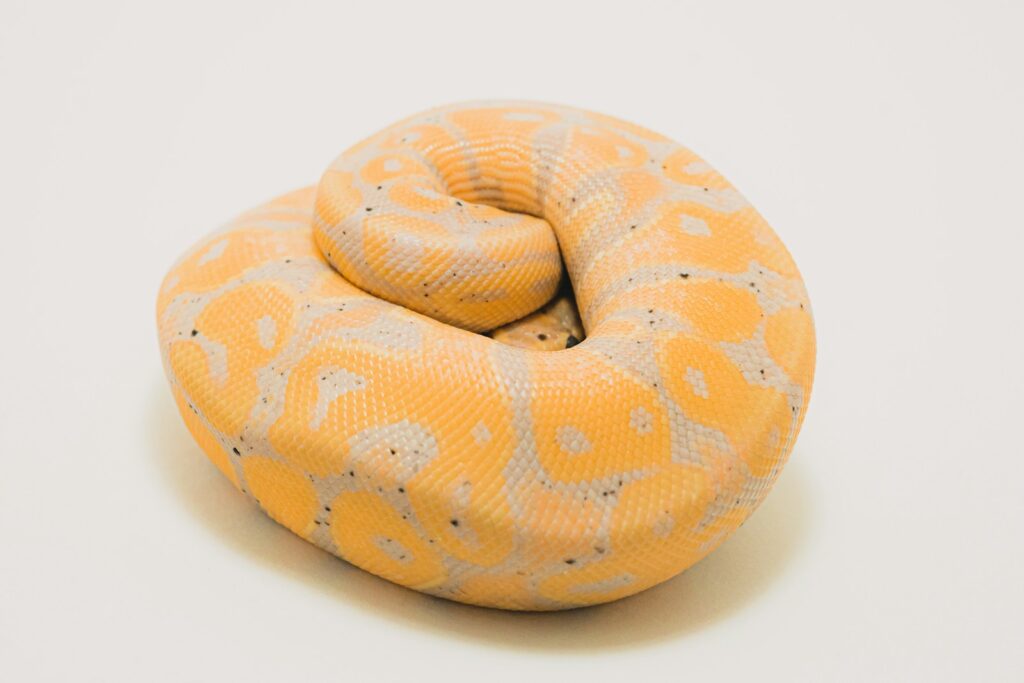
Recognizing signs of understimulation in ball pythons requires careful observation of behavioral patterns. Common indicators include excessive glass surfing (repeatedly moving along the terrarium glass), unusual hiding behaviors (either hiding excessively or not utilizing hides properly), diminished appetite not related to seasonal variations, repetitive movements with no apparent purpose, and increased aggression or defensiveness. Some ball pythons may also demonstrate what experts call “stereotypic behaviors” – repetitive actions with no obvious function that often indicate psychological distress. Additionally, a snake that appears lethargic outside of its normal rest periods or shows little interest in exploring when presented with new objects may be suffering from a lack of environmental stimulation. These behaviors, while sometimes subtle, can indicate that a ball python’s mental well-being requires attention.
Physical Enrichment Techniques

Physical enrichment focuses on creating a dynamic habitat that stimulates a ball python’s natural tendencies to explore and interact with its environment. A well-designed enclosure should include multiple climbing branches of varying thicknesses, positioned at different heights to allow for climbing and perching behaviors. Multiple hides with different temperatures and humidity levels give the snake choices for thermoregulation. Substrate diversity, such as mixing coconut coir, cypress mulch, and sphagnum moss in different areas, creates textural variety that encourages exploratory behavior. Some keepers implement tunnel systems using PVC pipes or commercial reptile tunnels that mimic burrows these snakes might use in the wild. Regularly rearranging these elements (while maintaining proper temperature gradients) prevents habitat stagnation and encourages the snake to investigate its refreshed surroundings.
Sensory Enrichment for Ball Pythons

Ball pythons experience their world primarily through chemical sensing, heat detection, and touch, making sensory enrichment particularly valuable. Introducing novel but safe scents to the enclosure can stimulate curiosity and exploratory behaviors. Some keepers report success with carefully diluted essential oils like chamomile or lavender placed on objects outside the snake’s direct contact areas. Different textures throughout the enclosure – from smooth stones to rough cork bark to soft moss – provide tactile variety that engages a snake’s sensitive ventral scales. Visual enrichment through carefully placed viewing opportunities into adjoining spaces (ensuring the snake still feels secure) can satisfy natural curiosity. Additionally, providing safe exposure to natural sunlight through a window (never direct sunlight, which can cause overheating) offers both visual stimulation and beneficial UV exposure that artificial lighting cannot perfectly replicate.
Feeding Enrichment Strategies
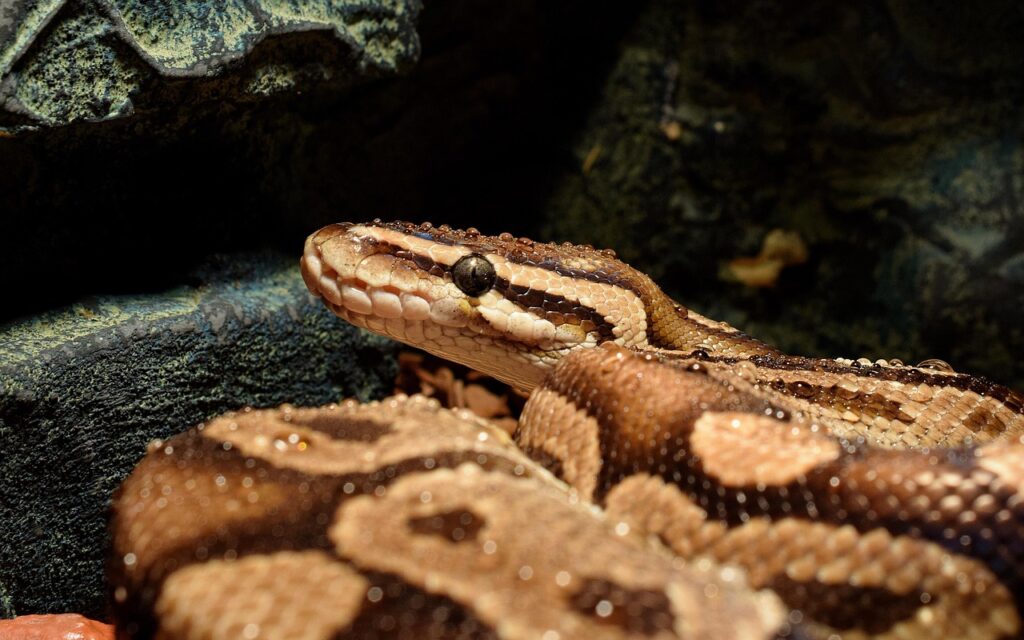
Feeding time presents a prime opportunity for enrichment that stimulates natural hunting behaviors. While live feeding is controversial and potentially dangerous to the snake, there are numerous ways to make feeding pre-killed prey more engaging. Puzzle feeders designed specifically for reptiles can challenge the snake to work for its meal, though these should be introduced gradually. Scent trailing involves dragging prey items through the enclosure to create a scent path for the snake to follow, mimicking natural hunting behavior. Some keepers use feeding tongs to move prey items in patterns that stimulate chase responses, encouraging the snake to use its predatory skills. For more advanced enrichment, hiding prey under substrate or in puzzle boxes (ensuring they’re still findable) can provide mental stimulation during feeding time. Always supervise these activities to ensure the snake successfully obtains its meal and doesn’t ingest inappropriate materials.
Social Enrichment Considerations
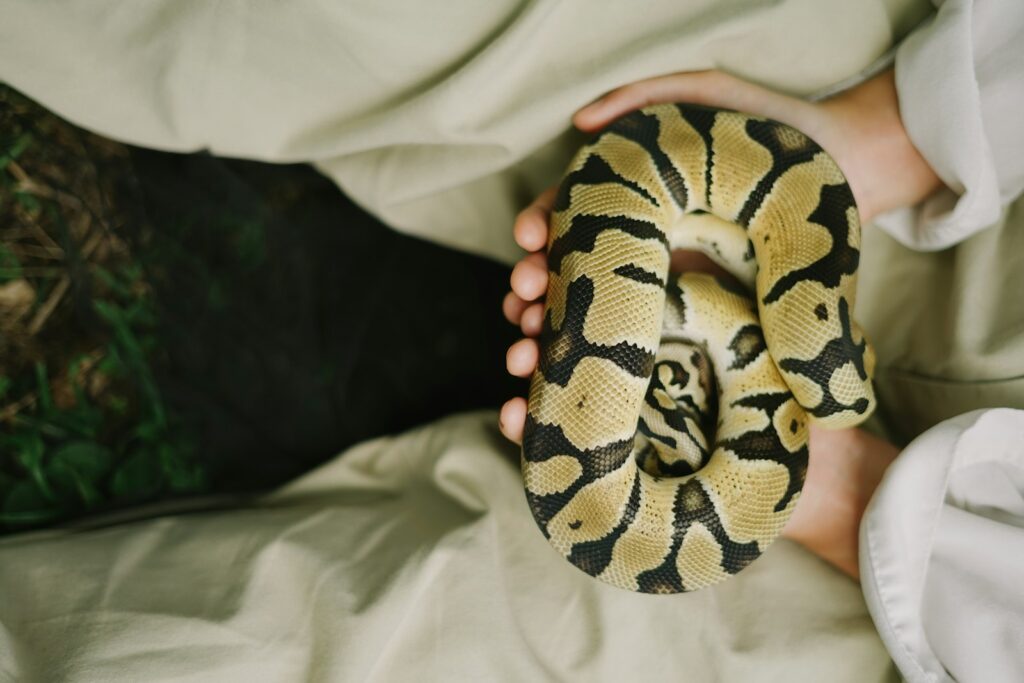
While ball pythons are solitary creatures by nature, controlled interactions with humans can provide valuable enrichment when approached appropriately. Gentle handling sessions of 10-15 minutes several times weekly offer physical stimulation and environmental variation. It’s crucial to read the snake’s body language during these sessions, looking for signs of stress such as tight coiling, rapid breathing, or defensive postures that indicate the snake isn’t enjoying the interaction. Contrary to popular belief, ball pythons can recognize their regular handlers through scent and may show different behaviors with familiar versus unfamiliar people. Some owners report their snakes willingly exploring their bodies during handling sessions, suggesting a level of comfort and curiosity. However, it’s important to avoid anthropomorphizing these behaviors – what appears as “enjoyment” is likely better understood as comfortable exploration in a non-threatening environment.
Measuring Enrichment Success
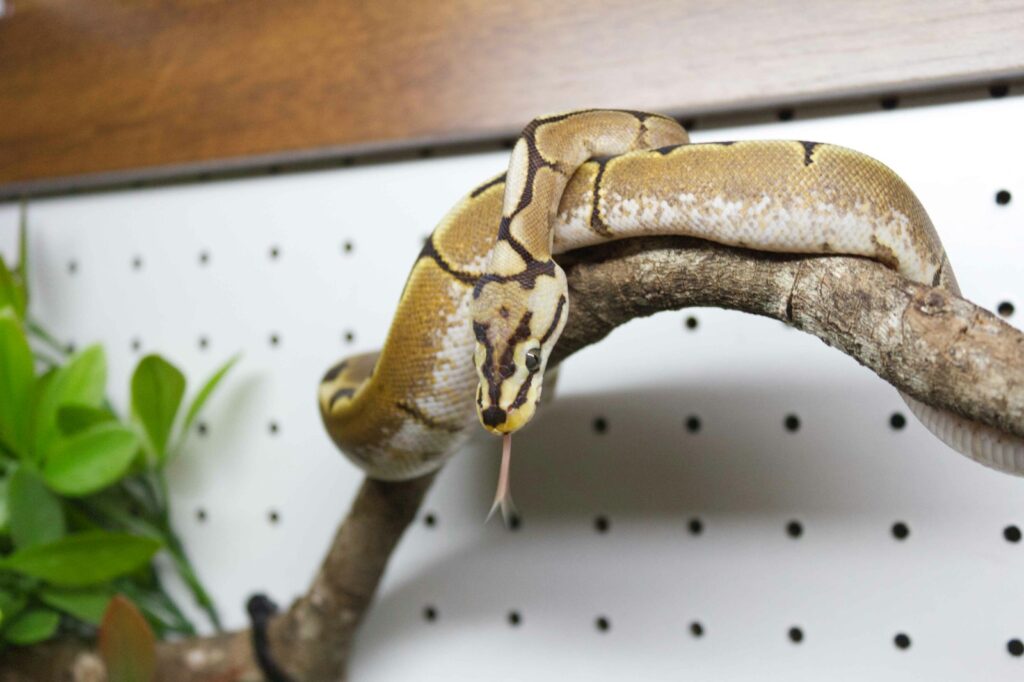
Determining whether enrichment efforts are beneficial requires systematic observation of your ball python’s behavior. Positive indicators include increased exploratory behaviors, improved feeding response, regular use of various enclosure features, decreased stereotypic behaviors, and normal shedding cycles. Many experienced keepers maintain logs tracking their snake’s behavior patterns before and after implementing new enrichment strategies. When introducing new enrichment, it’s important to observe the snake’s initial reaction and ongoing interaction with the element. If a snake consistently avoids certain enrichment items or shows stress behaviors when they’re present, these should be modified or removed. Success should be measured not by human standards of “play” but by indicators of natural, healthy behaviors and the absence of stress signals.
Age-Appropriate Enrichment
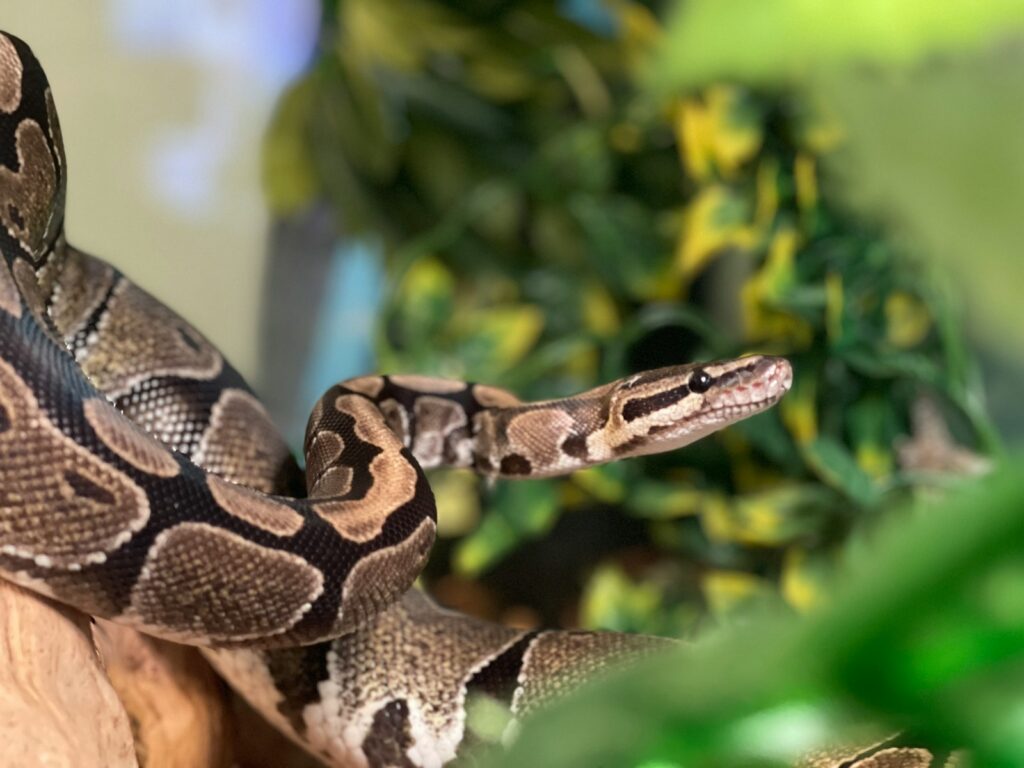
Ball pythons’ enrichment needs evolve throughout their remarkably long lifespans, which can exceed 30 years in captivity. Hatchlings and juveniles generally benefit from smaller enclosures with ample hiding opportunities that provide security during this vulnerable life stage. As the snake grows, progressively larger and more complex environments support their developing strength and exploratory tendencies. Adult ball pythons often appreciate more climbing opportunities and varied terrain than typically provided in traditional setups. Senior snakes may require modifications to accommodate decreased mobility or vision, such as more accessible basking spots and feeding areas. Throughout all life stages, it’s essential to consider the individual snake’s personality and preferences, as some individuals consistently show more exploratory behaviors than others, regardless of age.
Common Enrichment Myths and Misconceptions

The world of reptile keeping is unfortunately rife with outdated information about ball python care and enrichment. One persistent myth suggests that ball pythons prefer small, cramped enclosures because they’re “shy” – when in reality, properly designed larger enclosures with adequate hiding spots often result in more confident, active snakes. Another misconception is that handling constitutes sufficient enrichment, when in fact environmental complexity within the snake’s habitat is equally if not more important. Some keepers worry that enrichment might stress their snakes, but research suggests that appropriate enrichment reduces stress when implemented correctly. Perhaps most problematically, many still believe that snakes lack the cognitive capacity to benefit from enrichment, a position increasingly contradicted by scientific evidence. Breaking free from these misconceptions allows owners to provide truly beneficial care that respects these animals’ biological needs.
Creating a Safe Enrichment Environment
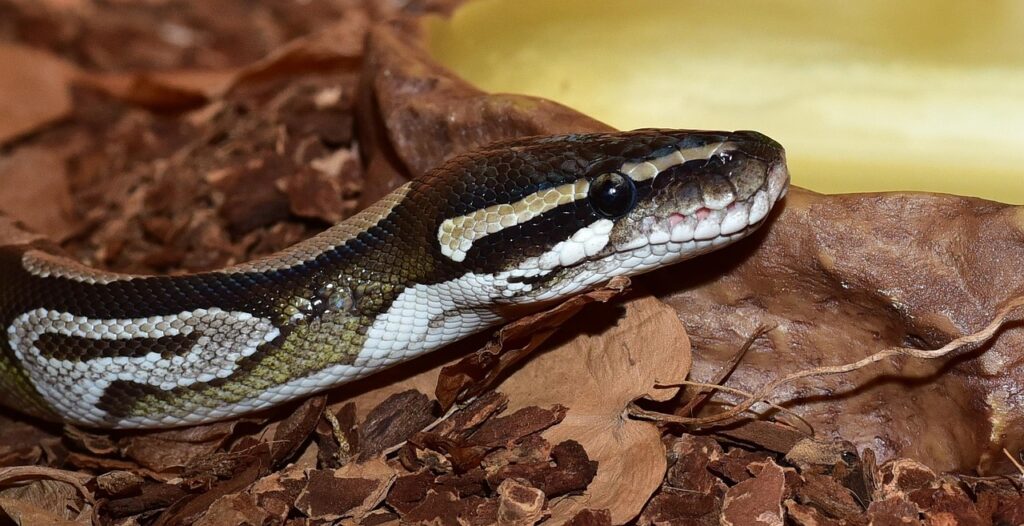
Safety must always be the primary consideration when implementing any enrichment strategy for ball pythons. All items introduced to the enclosure should be sanitized appropriately and free from harmful chemicals, with particular attention to items collected from outdoors that may harbor parasites or pesticides. Climbing structures must be securely anchored to prevent collapse that could injure the snake. Enclosure design should eliminate potential entrapment areas where the snake could become stuck, particularly important with growing juveniles. Any feeding enrichment activities should be carefully monitored to ensure the snake doesn’t ingest substrate or other materials. Temperature and humidity parameters must remain within appropriate ranges even when the enclosure contains various enrichment features. Regular inspection of all enrichment items for wear, damage, or mold growth helps maintain a safe environment for your serpentine companion.
Professional Perspectives on Reptile Enrichment

The herpetological community has seen significant evolution in its approach to reptile enrichment over recent decades. Dr. Lori Torrini, a renowned reptile behaviorist, champions the use of target training and positive reinforcement techniques with snakes, demonstrating their capacity for learning and interaction. Zoo professionals increasingly implement complex naturalistic habitats for reptile displays, moving far beyond the minimalist approaches once considered standard. Veterinary medicine has also recognized the connection between environmental complexity and reptile health, with many exotic animal veterinarians now recommending enrichment as part of preventative healthcare. Research by herpetologists like Dr. Gordon Burghardt has established criteria for identifying play-like behaviors in reptiles, challenging long-held assumptions about reptilian cognitive limitations. This professional consensus increasingly supports the view that ball pythons not only benefit from but may actively seek enriching experiences when given appropriate opportunities.
Balancing Enrichment with Natural Resting Periods
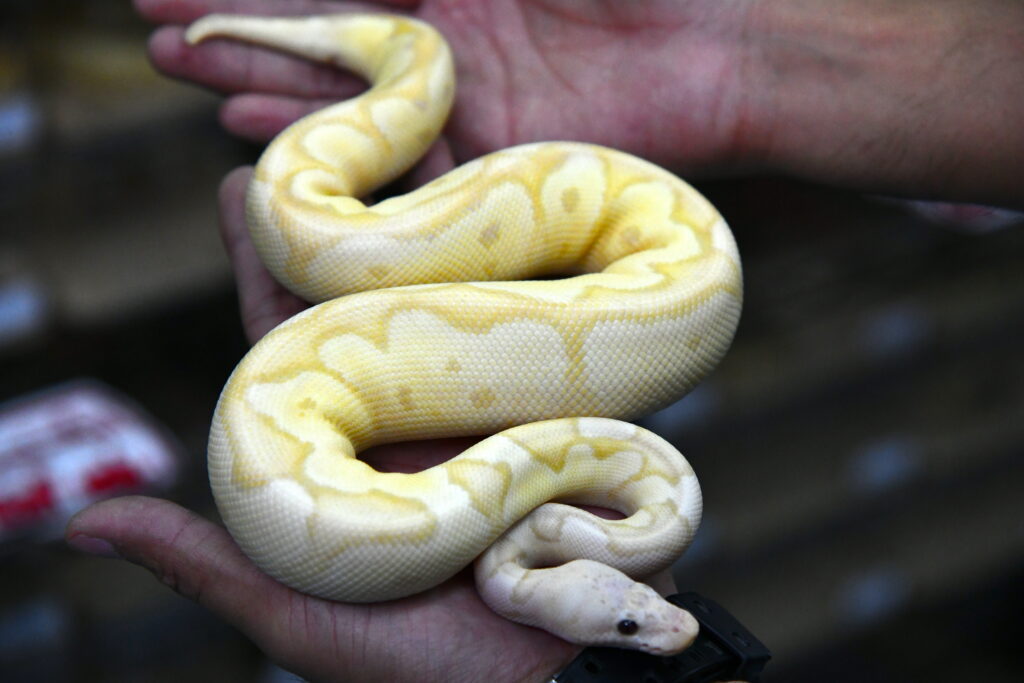
Ball pythons naturally alternate between periods of activity and extended rest, a pattern that should inform enrichment scheduling. These snakes may be relatively inactive for days after feeding as they digest, during which time intrusive enrichment activities may cause unnecessary stress. Seasonal variations in activity are also normal, with many ball pythons showing reduced activity during winter months even in captivity with stable temperatures. Successful enrichment programs work with these natural rhythms rather than against them, increasing opportunities during natural activity periods and reducing them during digestive or seasonal resting phases. It’s important to recognize that a ball python resting in its hide for extended periods isn’t necessarily bored or understimulated – it may simply be following natural biological patterns. The goal should be providing enrichment opportunities that the snake can choose to engage with when biologically primed for activity.
Conclusion: The Enriched Snake is a Healthy Snake
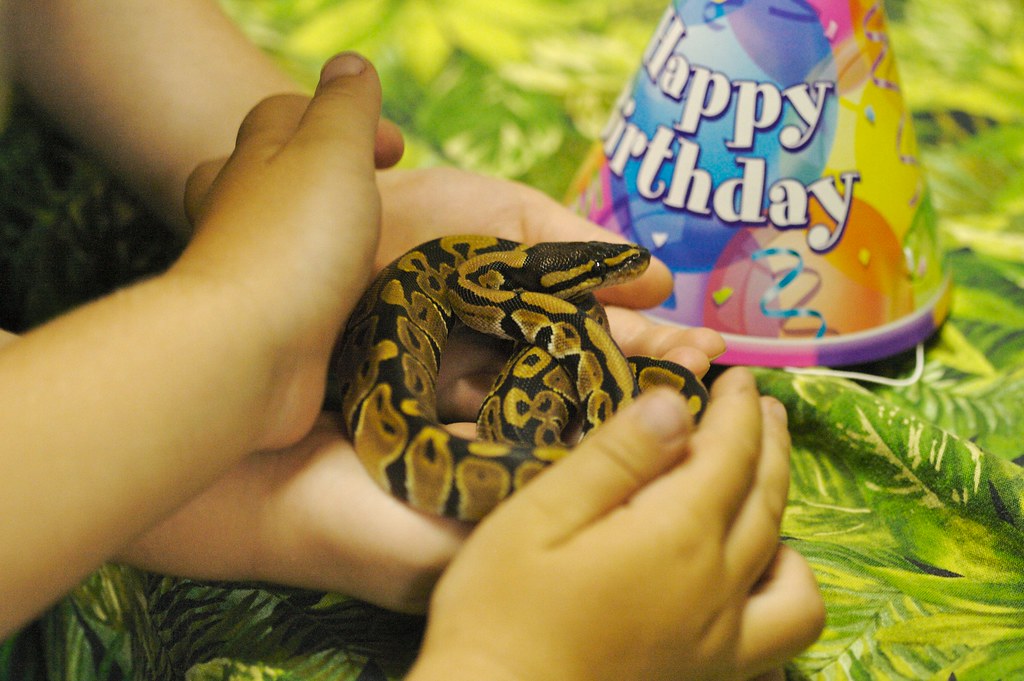
The evidence increasingly suggests that ball pythons do indeed benefit from and potentially enjoy appropriate enrichment activities that align with their natural behaviors and cognitive capabilities. While we should be careful not to project human emotions onto these remarkable reptiles, we can confidently say that environmental complexity promotes physical health, natural behaviors, and appropriate mental stimulation. The ball python that experiences varied terrain, multiple hiding options, climbing opportunities, sensory stimulation, and feeding challenges is likely experiencing a captive life that more closely resembles its evolutionary heritage. As our understanding of reptile cognition continues to advance, so too should our commitment to providing environments that respect these animals not merely as decorative pets but as thinking beings with specific environmental needs. The enriched ball python displays more natural behaviors, experiences fewer stress-related health issues, and ultimately represents a more ethical approach to reptile keeping.

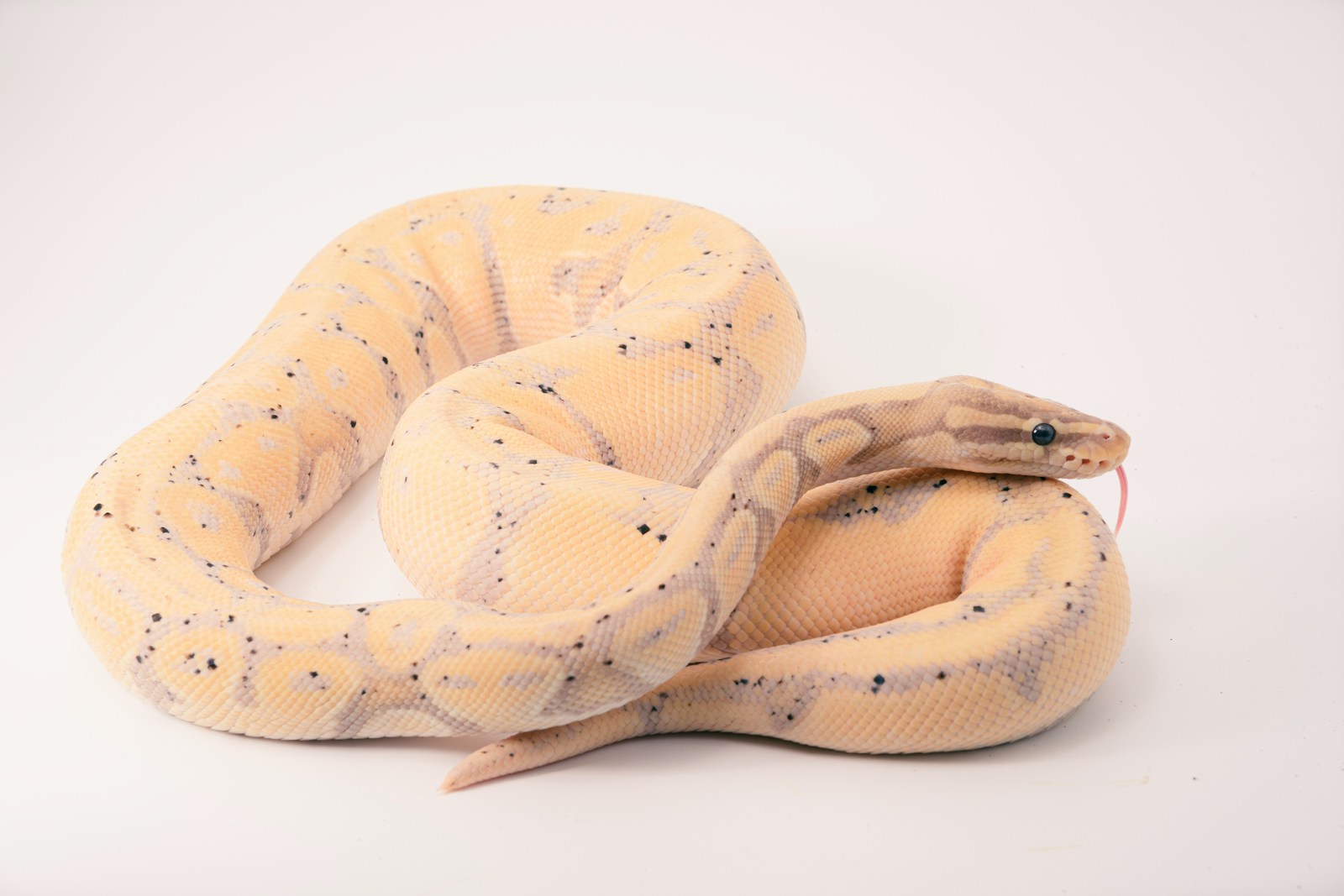

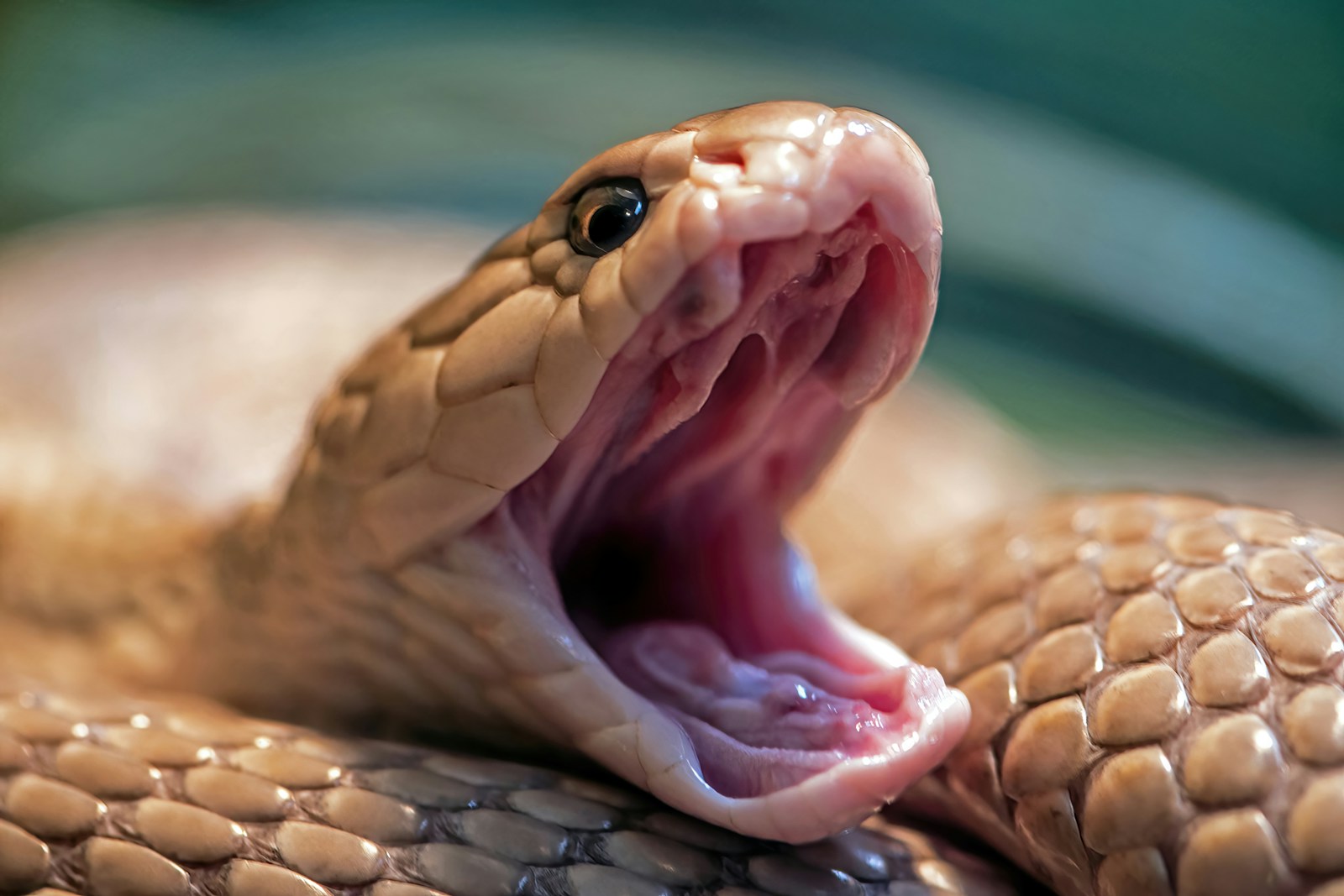
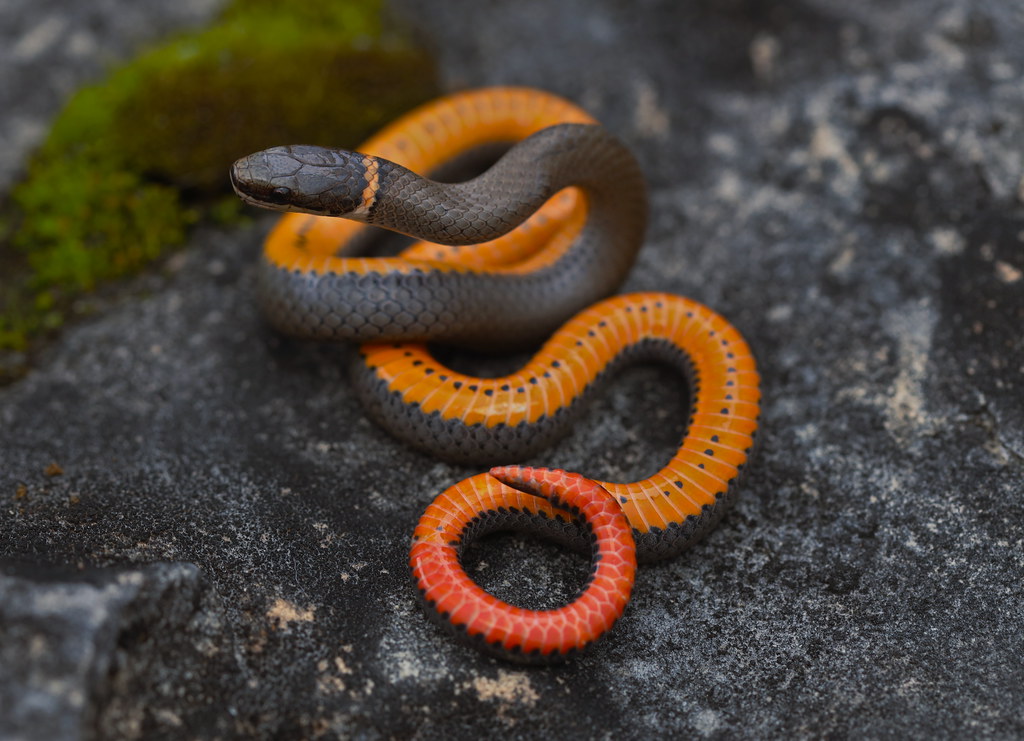

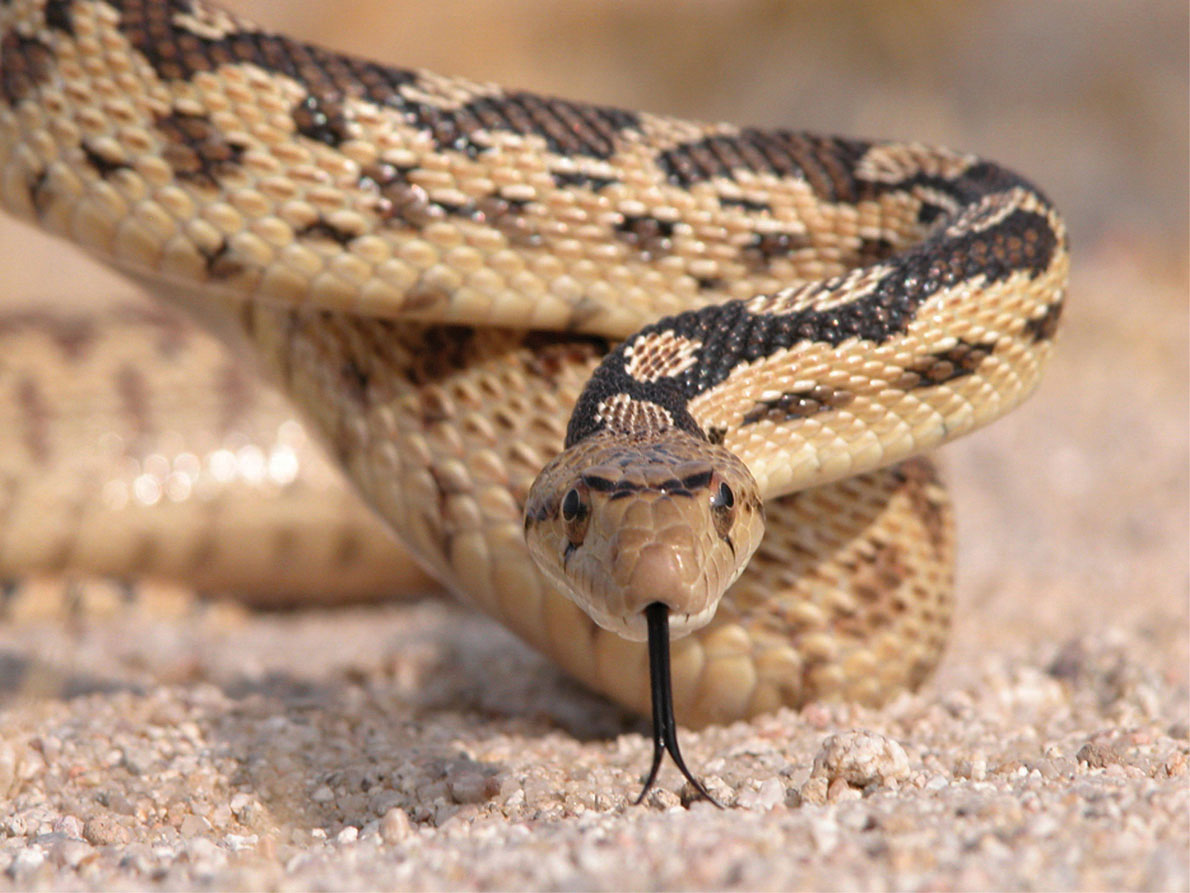



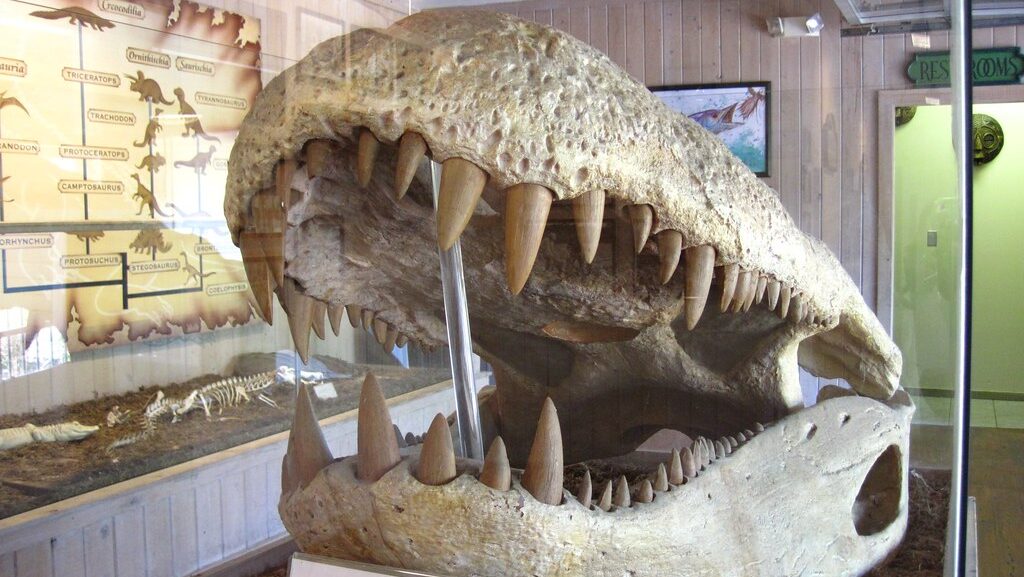
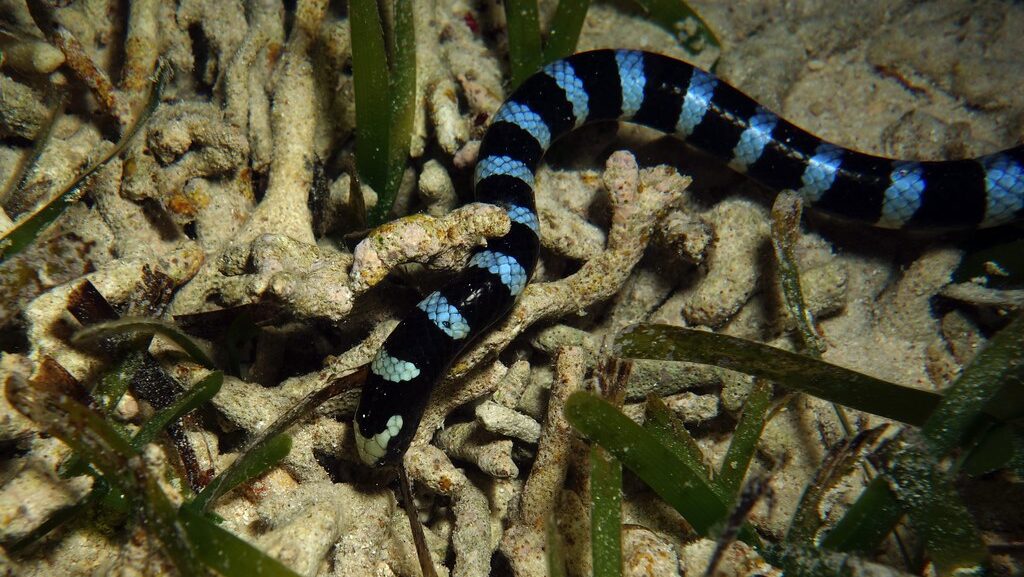



Leave a Reply